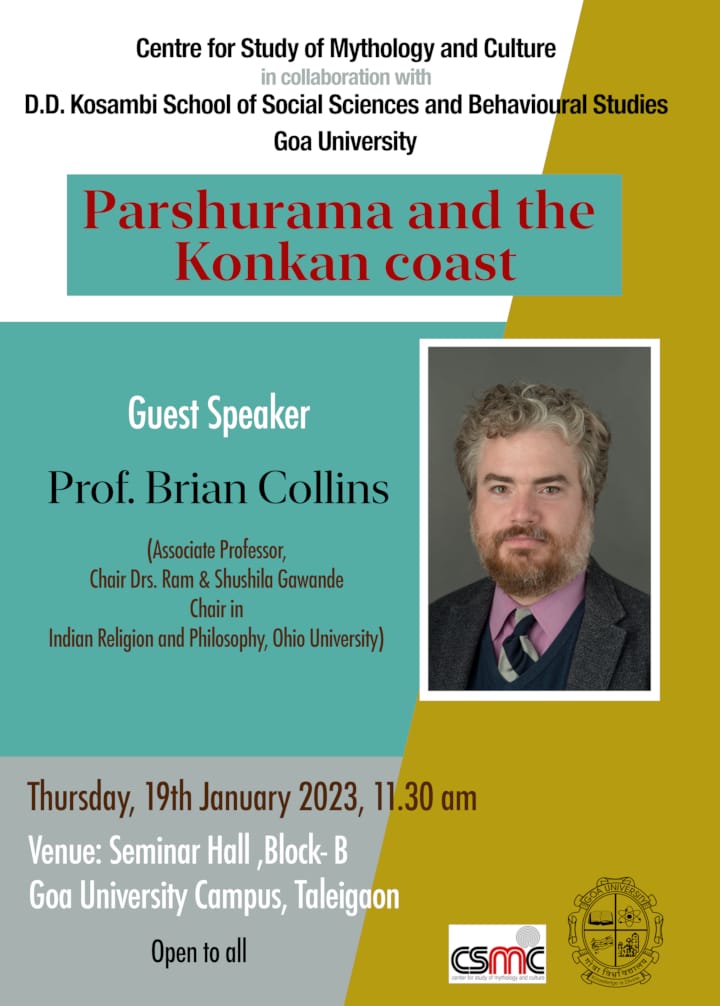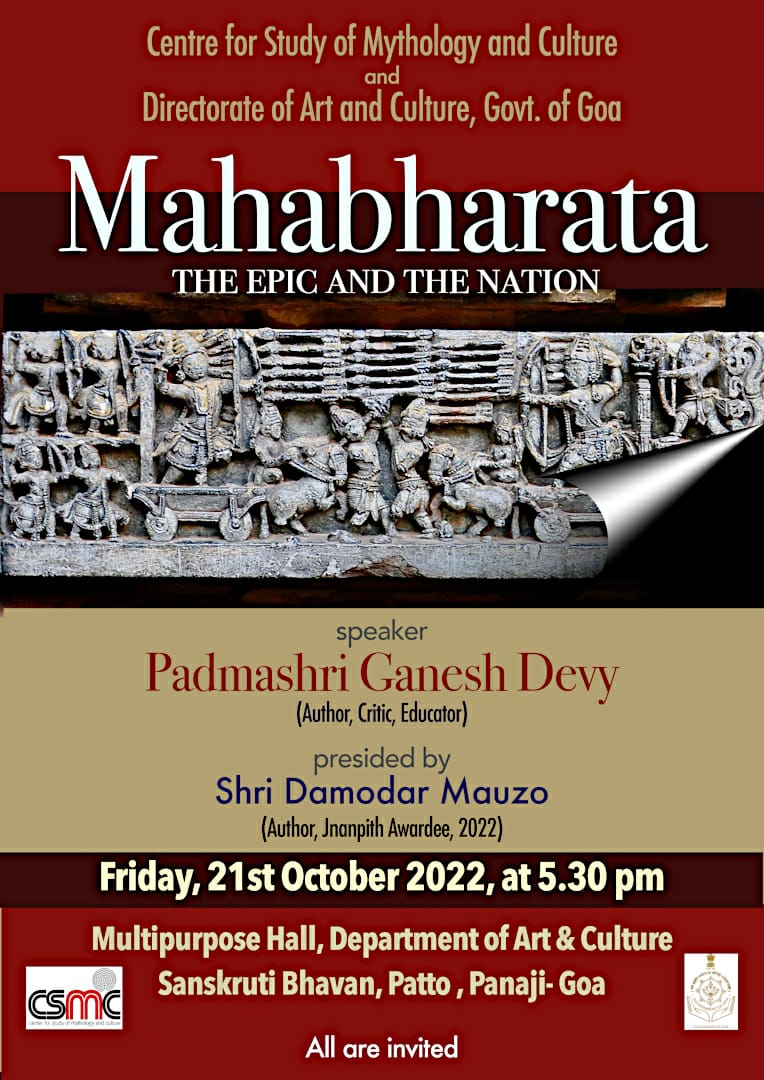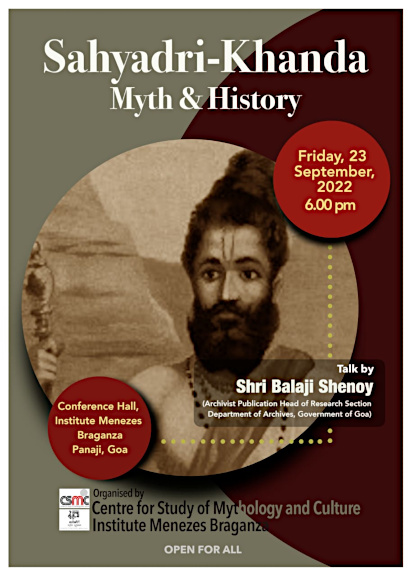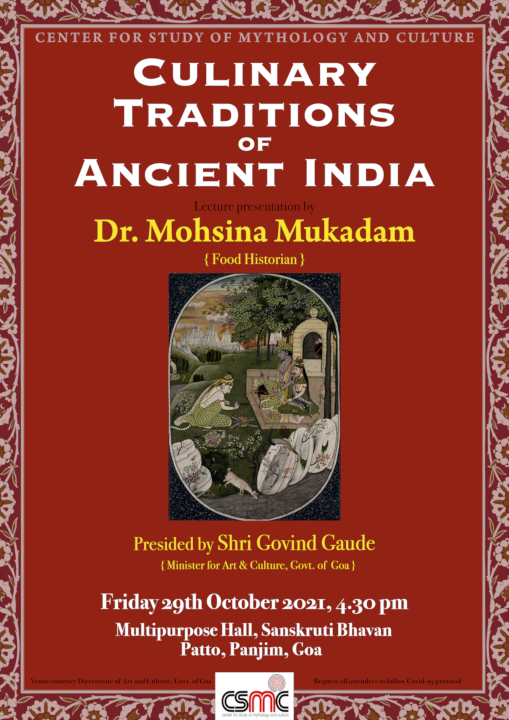The story of Siri (read The Epic of Siri) could be that of any woman in India. It is not the usual legend with a dramatic narrative featuring demons and magic and mystery, nor is it a description of a new order established through a heroic act. It is a story about ordinary people and their ordinary lives, a tale about husband and wife, co-wives, and sisters and their domestic quarrels and jealousies. It covers three generations and is a grim tragedy that could befall any woman. So why do Tuluva women still sing and ‘perform’ this story as a ritualized drama?
Siri holds an important position among the Tuluvas community from South Kannada district of Karnataka. They consider her to be the founder of Tuluva matrilineal tradition. Siri paddanas or the sacred recitations and the accompanying ritual dramatization take place annually in the form of a festival. Siri jatre or Siri alade as it is called, takes place on the full moon of paggu (February) in six different temples around the South Kannada region. It is believed that the spirit of Siri possesses women who are emotionally or psychologically ‘troubled’ due to various reasons. These women enter into a trance singing Siri paddanas.
Kumara is the only male character in the story and he acts as the priest/medium, talking to the women in a trance and asking them to identify themselves with the various female characters from the legend. He repeatedly asks, ‘Tell me who you are? Are you Siri? Or Sonne? Tell me why have you come? What is troubling you?’ The dialogue takes place in the form of a ritualized impromptu song-speech. He then conducts a ‘spirit investigation’ (Clause: 1991) to discover the reason for the women being possessed. At this stage, the women, having identified themselves with the characters of the legend, pour out the sufferings and grief that they have experienced in their lives while simultaneously narrating the tale of the characters they identify with.
Thus the ritual act gives them a cathartic space to temporarily forego their individual identities and step outside of their real life framework and vent their anxieties, anger, frustrations and unfulfilled desires. They are thus able to deal with the trauma inflicted upon them by family members, on account of their caste, due to class conflicts and sexual dissatisfaction.
The spirits speak through the possessed women and inform the people gathered as to why they have had to intrude into the lives of the young women. They extract a promise from the family members that they would resolve the domestic disputes that have been revealed during the trance.
At the end of the ritual women enter into a ‘grave’ made of areca nut leaves. This allows the novice – the young woman who had been possessed – to become a permanent member of the cult of Siri. She thereby joins the rank of other adept Siris and can return to the festival every year as an expert.
The question is does the myth and its accompanying ritual emancipate Tuluva women? Does it help them reclaim equity in financial and personal freedom as demanded by Siri in the legend? Noted Tulu scholar and anthropologist Prof Viveka Rai observes: ‘emancipation should be redefined by distinguishing between the point of view of the performer and that of the audience… Rather than considering ‘emancipation’ as a social activity of the outsider, I would like to stress here the transformation of mind and body of the performing women as a way of emancipation…how the performance of folk narratives and rituals contributes to bringing it about.’ (Shetty:2013)
According to French anthropologist Marine Carrin (2011), Tuluva women use the legend of Siri as a therapeutic tool to heal the emotional scars generated through societal and marital discords. American anthropologist Peter Clause (Ibid) summarizes ‘the major function of the cult’s rituals is to save defenseless women from quarrels and jealousies which arise within kin groups. While the women’s song tradition revolves around these (sic) sorts of problems and presents them as fatefully tragic truth, the ritual tradition, through the intercession of fictive male kinsmen attempts to alter and solve them’.
To conclude, the lore of Siri stands apart from other dominant patriarchal myths as it highlights the woman’s plight within her domestic space and offers a platform for negotiating and articulating her anxieties safely within a dominant patriarchal environment.
VIDYA KAMAT
References:
Carrin, Marine, “The Topography of the Female Self in Indian Therapeutic Cults”, Ethnologies, Vol 33, No 2, 2011, p. 5-28
Clause Peter, Ritual Transformation of a Myth, California University , East Bay, 1991
Rai, Viveka., “ Epics in the Oral genre system of Tulunadu”, Oral Tradition, 11/1 (1996): 163-172
Shetty, Y., “Ritualistic World of Tuluva: A Study of Tuḷuva
Women and the Siri Possession Cult”, Rupakatha Journal,
Vol. 5 No.2, 2013












Leave a Comment